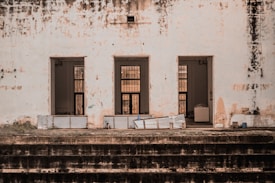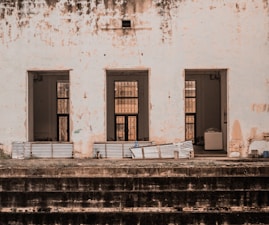
A Go-To Source for Mold Testing Lehi UT and Removal Services Locals Rely On!
Mold infestations are a common issue in homes and businesses, particularly in regions like Lehi, where the climate can promote their growth. Identifying and inspecting mold is a crucial step in the process of Lehi mold removal and Lehi mold remediation. In this guide, we'll explore how to inspect for mold in your property, empowering you to take proactive measures against this persistent problem.
How to Inspect Mold: A Crucial Step in Lehi Mold Removal and Lehi Mold Remediation


1. Visual Inspection:
Begin your mold inspection with a visual assessment of your property. Mold often appears as discolored spots on walls, ceilings, or floors. Look for patches that are green, black, brown, or white, as these are common mold colors. Pay close attention to areas with high moisture levels, such as bathrooms, kitchens, basements, and crawl spaces. Inspect both visible surfaces and concealed spaces, like behind furniture or inside closets, as mold can thrive in hidden areas.




2. Use Your Nose:
Mold often emits a musty, earthy odor. If you notice a persistent, unpleasant smell in your home or business, it could be a sign of hidden mold growth. Follow your nose to pinpoint the source of the odor, as it might lead you to mold-infested areas that aren't immediately visible.








3. Check for Water Damage:
Mold thrives in damp environments, so inspect your property for signs of water damage. Look for leaks in pipes, roofs, or windows, as well as water stains on ceilings and walls. Water-damaged areas are prime locations for mold to take hold. Address any water issues promptly to prevent further mold growth.
4. Consider Health Symptoms:
If you or your family members or employees are experiencing unexplained health issues like coughing, sneezing, congestion, or skin irritation, mold exposure could be the culprit. Mold spores can become airborne, leading to respiratory and allergy symptoms. Pay attention to whether symptoms improve when away from the property and worsen upon returning.
5. DIY Mold Test Kits:
For a more comprehensive assessment, you can use DIY mold test kits available at most hardware stores. These kits include swabs or petri dishes to collect mold samples. Follow the instructions carefully and send the samples to a lab for analysis. Keep in mind that while these kits can provide an initial indication of mold presence, they may not identify the type or extent of the infestation.
6. Professional Mold Removal Lehi Inspection:
For a thorough and accurate evaluation of mold in your property, it's advisable to enlist the services of a professional mold inspector. Certified inspectors have the expertise, tools, and experience to identify hidden mold, determine the extent of the infestation, and assess potential health risks. They can also provide guidance on the necessary steps for Lehi mold removal and Lehi mold remediation.

Conclusion:
Inspecting for mold is a critical step in safeguarding your property and the health of its occupants. In Lehi, where mold issues can be exacerbated by the local climate, regular inspections are especially important. By conducting visual assessments, following your nose, checking for water damage, considering health symptoms, and using DIY test kits or professional mold inspection services, you can proactively address mold issues and take the necessary steps for Lehi mold removal and Lehi mold remediation. Remember that early detection and prompt action are key to mitigating the effects of mold on your property and your well-being.



Contacts
Address
801-813-4086
Proudly Serving the Lehi, Utah, 84043 Area!
This site is a free referral service to assist homeowners in connecting with local service contractors. All contractors are independent and this site does not warrant or guarantee any work performed. It is the responsibility of the homeowner to verify that the hired contractor furnishes the necessary license and insurance required for the work being performed. Some reviews listed either on this website or on 3rd party listings are paid reviews or posted by associates of the company. All persons depicted in a photo or video are actors or models and not contractors listed on this site.
